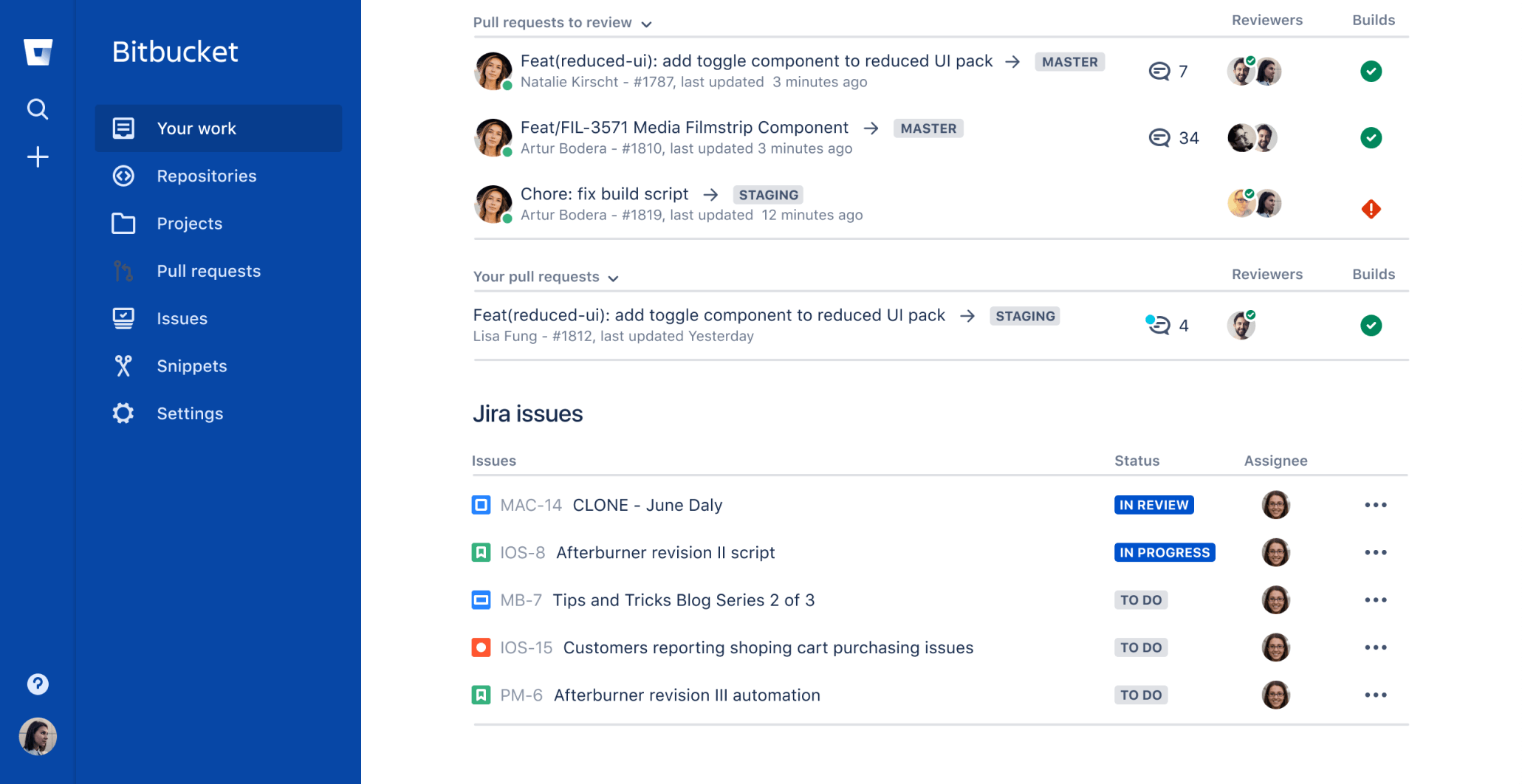

- #Move from beanstalk to bitbucket using sourcetree how to#
- #Move from beanstalk to bitbucket using sourcetree .exe#
- #Move from beanstalk to bitbucket using sourcetree software#
- #Move from beanstalk to bitbucket using sourcetree code#
- #Move from beanstalk to bitbucket using sourcetree download#
I have existing files in a source control tool.īitbucket provides a tool for importing from certain source control tools. If your code is in a system Bitbucket can't import, you can convert it to Git before pushing the code to Bitbucket. Push versioned code to an empty repository Learn how If you've been working on a project on your local system, it's probably a good idea to put it into source control. Alternatively, you may already have it versioned using Git, but you now want to start collaborating with a few others.Ĭreate a repository in Bitbucket and then connect your local directory to the remote repository.Īdd unversioned code to a repository Learn how I have existing files on my local system. Of course it wouldnt work that way with Beanstalk-hosted repository Beanstalk. This cloning action connects your remote Bitbucket repository to your specified local directory. If you're starting from scratch and have no files, you can simply create a repository on Bitbucket Cloud and then clone it to your local system.
#Move from beanstalk to bitbucket using sourcetree how to#
Now you can start to work with the app, create a new project, connect it to the SourceTree, upload the information on SourceTree, connect it to GitHub and let them communicate with data and upload those changes on GitHub.Need to set up a repository? Then you've come to the right place! Use this page to determine how to set up a repository based on your situation. This is an introduction to the SourceTree. Now you can see the changes on GitHub after you refresh the page. This is how the SourceTree communicates with GitHub and uploads changes. Here you can define which brunch to upload code to. After that, you will see the drop-down with repositories.
#Move from beanstalk to bitbucket using sourcetree software#
List the items you want to commit in the input field.ī) Then tick 'Push changes immediately.' The software will push the changes to the relevant branch when you click the 'Commit' button.Ĭ) Click 'Push' on the top right. If you want to upload those changes, you need to follow a certain procedure of saving information or code on GitHub.Ī) At first, you need to select the items you want to push on. You will see the files that have been changed. Furthermore, Beanstalk comes with several built-in integrations and a robust Git for version. You can create a new branch from 'Branches' tab. BitBucket supports continuous integration using Pipelines. You can see a list of updates for a particular project.Ĩ. On which model each team member is working right now. You can enter the clone project and see who has committed the latest code and who is working on the project. You need to set your Remote URL/Path in SourceTree Settings as follows https. What we are doing is fetching the master branch which in its turn will fetch the whole project into your local system. You can also use a Bitbucket 'App Password' to use Git over HTTPS. If you want several team members to work on the same task simultaneously, you create a branch for that, assign team members to the branch, and start work.
#Move from beanstalk to bitbucket using sourcetree .exe#
From the ZIP file you download, click the application file (EXE for Windows or DMG for Mac) to download.
#Move from beanstalk to bitbucket using sourcetree download#
You don't need to leave the SourceTree to find branches, commits, and file changes, do it within the app. Go to the Sourcetree website and click the download button.




 0 kommentar(er)
0 kommentar(er)
